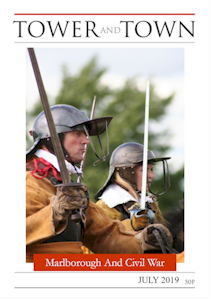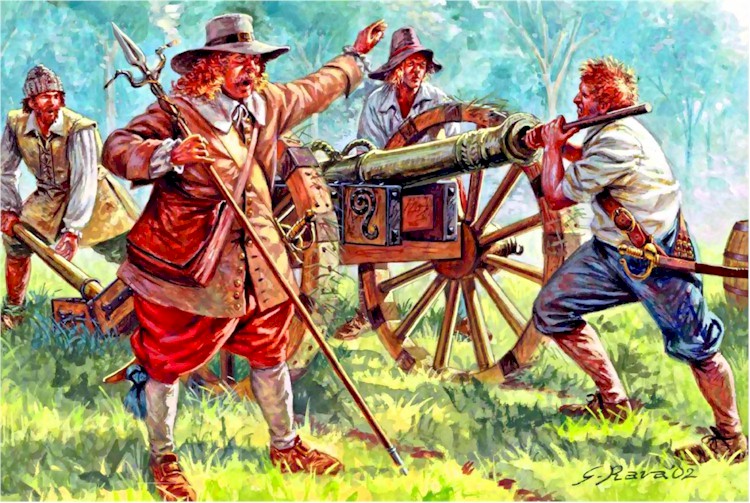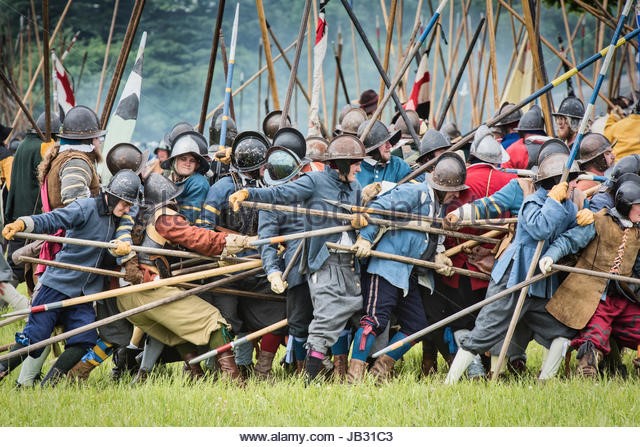

Tower and Town, July 2019 (view the full edition) (view the full edition)Marlborough Is Attacked!Marlborough, like many prosperous market towns, was broadly pro-Parliament at the start of the Civil War, which broke out in the late summer of 1642. Amongst many grievances, people resented paying ship money, a tax extended to inland towns in 1633. King Charles's embracement of High Church Anglicanism, which was seen as covert Catholicism, did not endear him to the Puritans in the town. The Royalist failure to take London in the autumn saw King Charles fall back on Oxford, where he made his base. He was determined to assert his rule within his now home region. Marlborough, which Charles's courtier Edward Hyde described as "a town most notoriously disaffected" and its people full of "obstinacy and malice" was just 35 miles away. Charles's henchman, Lord George Digby, was sent with some 400 horsemen to take the town. Marlborough's Members of Parliament were in Westminster: Sir Neville Poole, acting for Parliament, organised the militia and recruited volunteers from the Wednesday market. Faced with unexpected resistance, Digby abandoned his attack and returned to Oxford. King Charles was incensed at Marlborough's perfidy and ordered his commissary of horse, Henry Wilmot, to lead an army of some 3,300 men against Marlborough despite the inclemency of the weather. Mustered on The Common, on Monday 5th December they began their assault.  Royal Artillery  Parliamentary Pikemen Reprisal followed: 53 houses were burnt down by the "King's half-starved troops" who proceeded to plunder, taking whatever they could carry. News of a relieving army from Essex's base at Windsor spurred the Royalists to evacuate. Some 120 prisoners, including Ramsey and John Francklyn, the Marlborough MP who had returned from Westminster to defend his constituents in person, were tied two and two together and led before the guns to captivity in Oxford Castle. William Smith, the gaoler, described as a "monster" and a "serpent" had a reputation for savagery. Francklyn died there the following year. For more detail, see our newly published book "Marlborough at War With the King", a work of historical fiction that details the fortnight between the "Parley" and the eventual sack of the Town.  Marlborough Battle Map Nick Baxter |